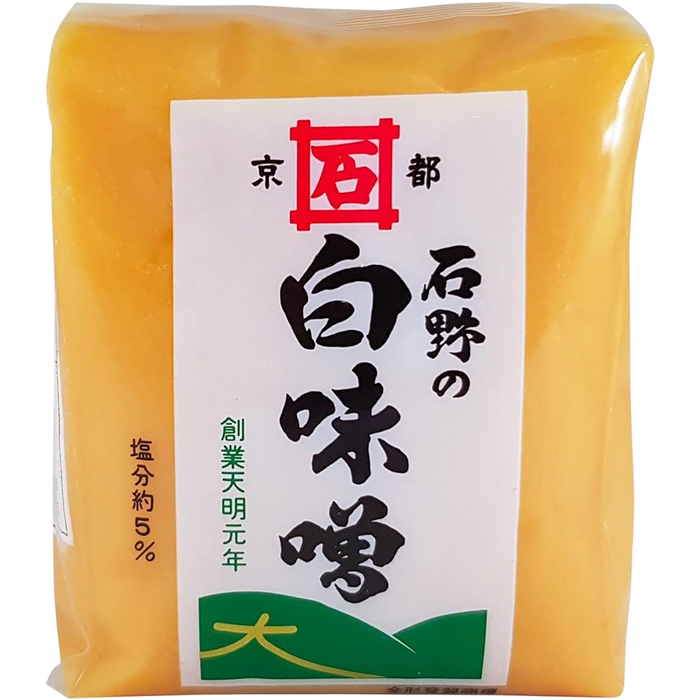

The founder of Ishino Miso, Morimuraya Shōbee, was originally from the village of Mori in the Tamba region. In 1781 (the first year of the Tenmei era), driven by the desire to devote himself to miso production, he settled in Kyoto.
In search of quality water, an essential element in the fermentation trade, he established his business on the banks of the old main course of the Kamo River, before the transfer of the capital to Heian, at the place where the famous "Ishiidutsu" spring gushes forth.
Kyoto is a city of water, surrounded by clear rivers and with spring water wells on every street corner.
In particular, west of Suzaku Ōji, formerly a marshy area, there were many renowned wells, which attracted teahouses such as Omotesenke and Urasenke, but also restaurants and dyers in search of quality water.
In a corner of the Ishino Fermentation Plant, the "Ishiidutsu" underground water, which still springs up today, is one of these famous wells. Also nearby is the historic site of the "Makeup Spring (Keshō no mizu)," famous for having served as Ono no Komachi's bathwater at birth.
Since its encounter with this exceptional source and the introduction of its white miso onto the market, Ishino has been perpetuating uninterrupted know-how for over 230 years, over nine generations.
Even today, the company combines tradition and modern equipment to produce its famous "Ishino Shiro Miso," as well as its "Kyōzakura" red miso and other specialties, thus continuing the art of miso making.
Miso is a traditional Japanese food that comes in the form of a fermented paste, high in protein, with a very strong and salty taste. It can be beige or pale yellow to dark brown in color (the darker it is, the saltier and stronger its taste).
IngredientsRice, soy, salt, alcohol, vitamin B2
Nutritional Values per 100g-
ENERGY245 kcal
-
PROTEINS8.4 g
-
FATS3.8 g
-
OF WHICH SATURATED FATTY ACIDS0.97 g
-
CARBOHYDRATES44.3 g
-
INCLUDING SUGAR39.4 g
-
SALT1.85 g
